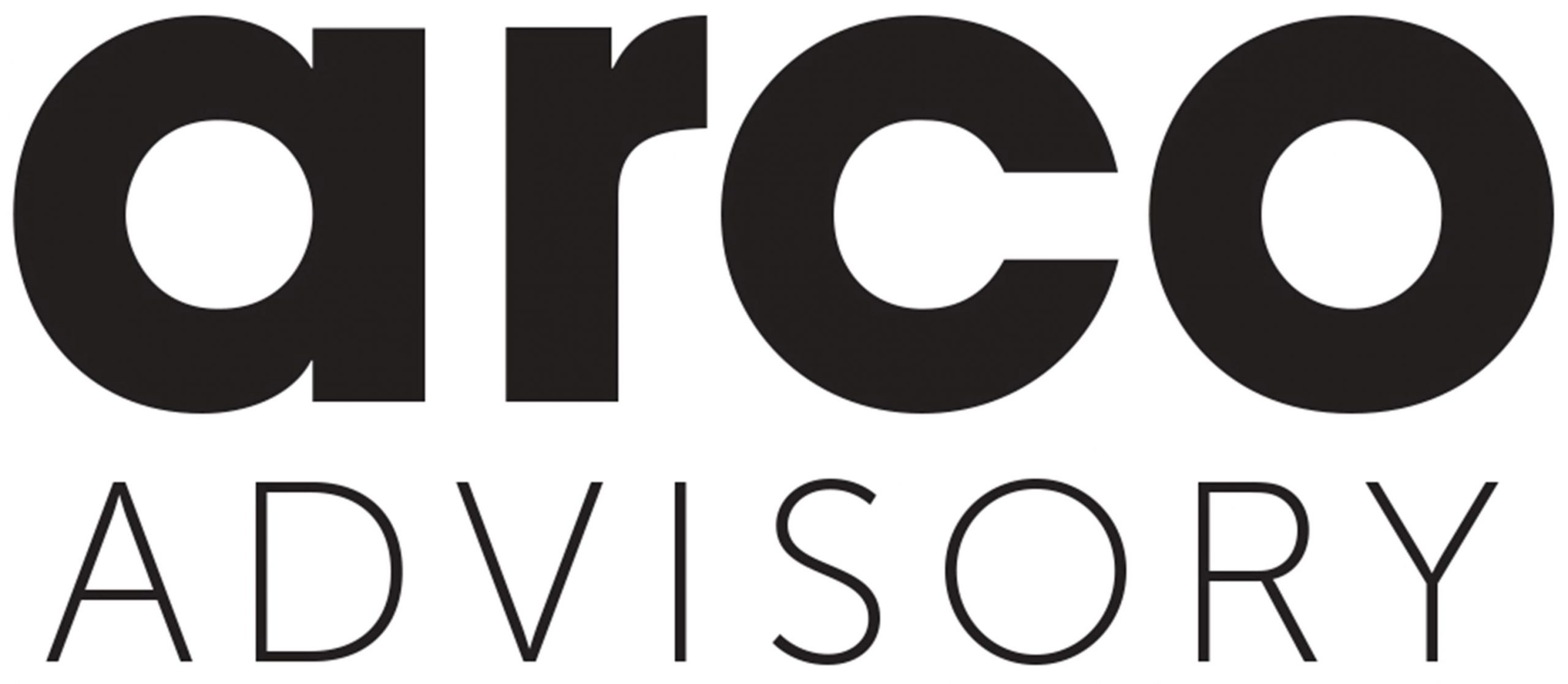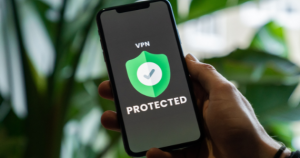The Government is providing relief to households impacted by the Coronavirus with:
- up to two $750 tax free lump sums to eligible income support and pension recipients, and certain concession card holders
- $550 per fortnight taxable payments for up to six months if you are receiving JobSeeker Payments and certain other payments
- waived ordinary waiting periods, liquid assets waiting periods, newly arrived resident’s waiting periods and the asset test for JobSeeker Payment, Youth Allowance (Jobseeker), and Parenting Payment
- reducing the upper deeming rate from 3% pa to 2.25% pa and the lower deeming rate from 1% pa to 0.25% pa from 1 May 2020.
While your usual income tests will continue to apply, many JobSeeker Payments may increase because of lower investment balances and deeming rates. A reduction of $1,000 in asset value may increase your pension entitlement by $78 pa. If you are stood down, lose your job, or your working hours are reduced, you may qualify for the JobSeeker Payment.
If you are currently getting social security payments, use your Centrelink Customer Reference Number (CRN) to register your claim. A successful claim will be backdated to the date of application.
If you are claiming social security for the first time you must register with Centrelink (or DVA if eligible) to make a claim.
All claims lodged with Centrelink between 23 to 29 March 2020 and completed by 19 April 2020, will be eligible for payments backdated to 23 March 2020, if you qualify. If you register after 30 March 2020, payments will start from the date you lodge your claim.
How to claim a JobSeeker payment
We do not encourage you to go to a Centrelink service centre at the moment. The easiest ways to claim:
- Online using your myGov account (linked to Centrelink).
- Call 132 850.
Centrelink will phone you to confirm your identity and give you a customer reference number. By registering for a myGov account you can access your Centrelink, Medicare and Australian Taxation Office (ATO) information.
Please see ‘How to claim’ a JobSeeker payment for more details.
You may be asked by Centrelink to gather certain documents to assess your claim. Here’s some of the common ones:
Documents | Details |
Financial | · tax file number · bank account details · savings, term deposits, mortgage offsets or overseas account details · investments · insurance agreements · income and assets, including real estate assets · superannuation. |
Study | · planned and previous course details · scholarship details · enrolment details or fee receipts · course acceptance notices · academic transcripts. |
Employment /Work | · income tax returns · employer separation certificates · PAYG certificates · payslips · profit and loss statements · Taxation Notices of Assessment (NOA), if self-employed. |
Living arrangements | Due to Coronavirus, proof of rental arrangements is not needed for: · JobSeeker payment · Youth allowance · Austudy · ABSTUDY · Parenting payment · Special benefit · Farm household allowance.
· housing, rental property or real estate details · rent certificate – if rent is paid to parents, they’ll need to sign a statutory declaration, signed and declared true before an authorised witness · student or campus accommodation · proof of assets ownership documents · rates notices · details if living away from home. |
Relationships | · parent or guardian details, including work and income details · partner details, including citizenship, study, work and income details · separation details. |
Residence details if you’ve lived outside Australia | · visa information · the date you and your partner became Australian citizens · the dates you and your partner lived in other countries. |
Childcare | · newborn child claim proof of birth forms · birth certificates · adoption or surrogacy agreements · childcare receipts · change of care documents. |
Medical | · Health Care Card claims · medical reports · Centrelink medical certificates · doctor issued medical certificates. |
Updating your investments balances with Centrelink
Generally, Centrelink assesses income support and pension recipients’ financial information twice a year.
However, if your financial circumstances have substantially changed, you can update your income and asset details with Centrelink now – so they can assess your eligibility for payments and services. This is easily done using your myGov account. Instructions on how to update your income and asset details through your Centrelink online account can be found here.
Before going online, make sure you have to hand the required identification, CRN, superannuation (pension fund) details and your current account balances. We strongly suggest that you do not visit your Centrelink service centre, due to social distancing and current work volumes.
Centrelink usually assesses account-based pension balances in February and August each year, and other financial investments such as managed funds in March and September. Generally, product providers give the information directly to Centrelink. Entitlements are based on updated balances usually finalised by Centrelink a few weeks after and are paid effective from the date Centrelink determines the entitlement.
Due to the Coronavirus, Centrelink is scheduling an out-of-cycle assessment as most financial investments and income stream balances have reduced. Please note where you have updated your investment and pension balances on myGov, this may be overridden by updated balances provided by product providers.
If you have any further questions, please contact Arco Advisory on 9562 0742.
Disclaimer:
This is general advice only and does not take into account your financial circumstances, needs and objectives. Before making any decision based on this document, you should assess your own circumstances or seek advice from a financial adviser. You should obtain and consider a copy of the Product Disclosure Statement available from us or your financial adviser, before you acquire a financial product.





